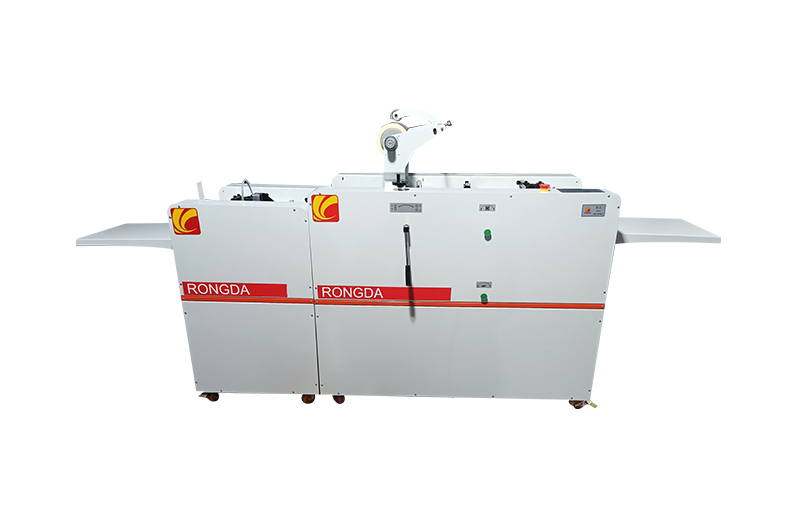Summary:Yes, a collating machine typically requires some setup and configuration before it can be used effectively. The specific...
Yes, a
collating machine typically requires some setup and configuration before it can be used effectively. The specific setup and configuration steps may vary depending on the model and manufacturer, but here are some general considerations:
1.Installation: Begin by carefully unpacking and setting up the collating machine according to the manufacturer's instructions. This may involve attaching various components, such as trays, feeders, or sorting mechanisms, depending on the specific machine design.
2.Material Selection: Determine the type and size of materials you plan to collate using the machine. This could include sheets of paper, documents, forms, cards, or other items. Ensure that the machine is compatible with the dimensions, weight, and characteristics of the materials you intend to collate.
3.Adjustments and Settings: The collating machine may offer adjustable settings to accommodate different paper sizes, collation patterns, or sorting options. Familiarize yourself with the control panel, interface, or software provided by the machine, and configure the appropriate settings according to your requirements.
4.Feeding Mechanism: Depending on the collating machine's design, it may have different feeding mechanisms, such as friction feeders, suction feeders, or gravity feeders. Ensure that the feeding mechanism is correctly adjusted to handle the thickness and weight of the materials being collated. This may involve adjusting paper guides, separators, or pressure settings.
5.Sorting and Output: Determine the desired order or sequence in which you want the collated materials to be output. Configure the machine to sort or stack the collated items accordingly. This may involve adjusting trays, bins, or dividers to accommodate the output arrangement.
6.Testing and Calibration: Before running a full collation job, it is advisable to perform some test runs to ensure proper alignment, feeding, and sorting of the materials. This allows you to identify and address any issues or adjustments that may be required.
7.Safety Precautions: Ensure that you are familiar with the safety guidelines and precautions outlined by the manufacturer. Follow proper safety procedures when operating the collating machine to prevent accidents or injuries.
It's important to consult the specific user manual or documentation provided by the manufacturer for detailed instructions on setting up and configuring your specific collating machine. Adhering to the manufacturer's guidelines will help you optimize the machine's performance and avoid potential issues during operation.
RD-VS500A Automatic Capacitive Touch Screen Laminating Machine
